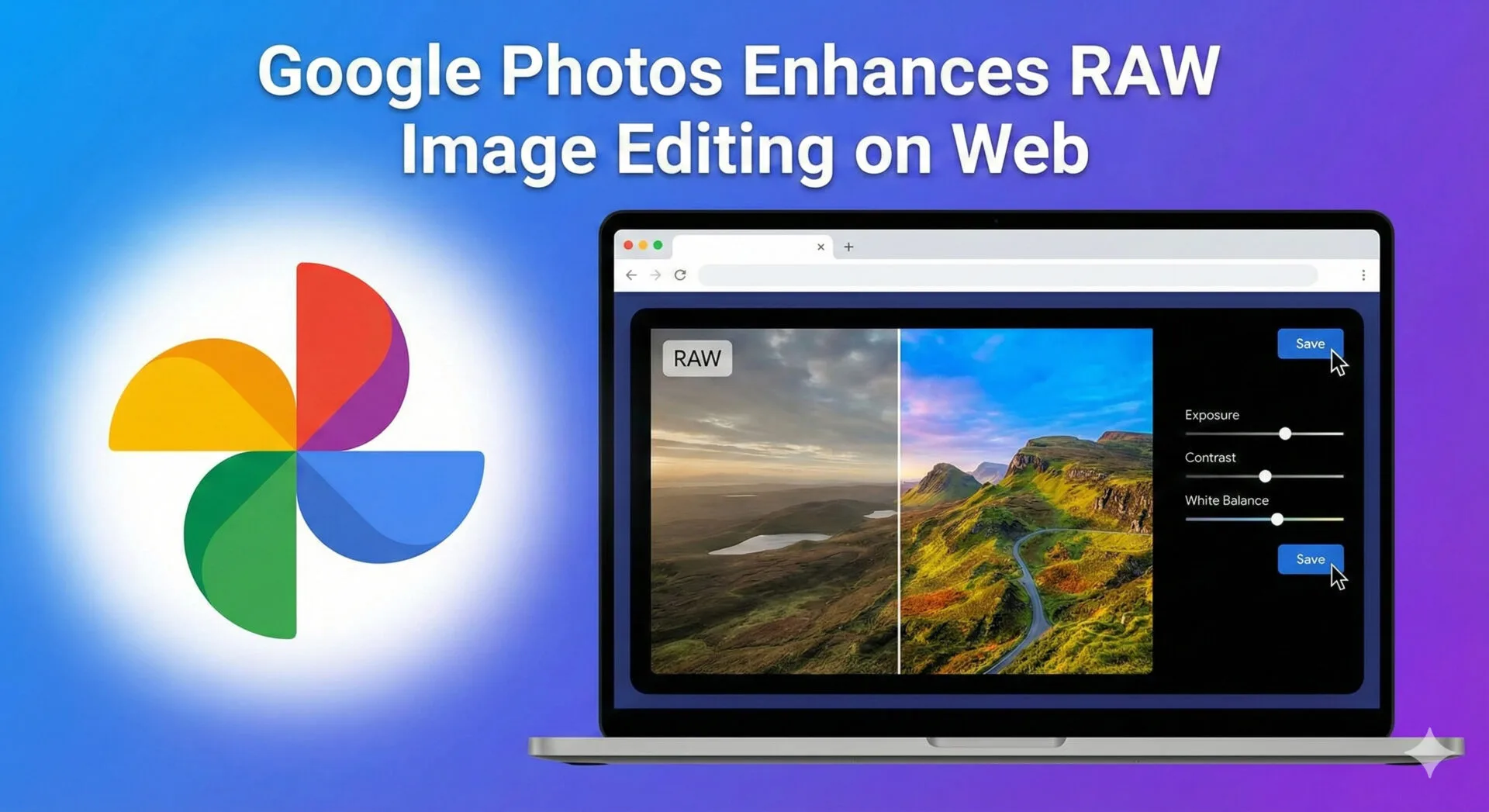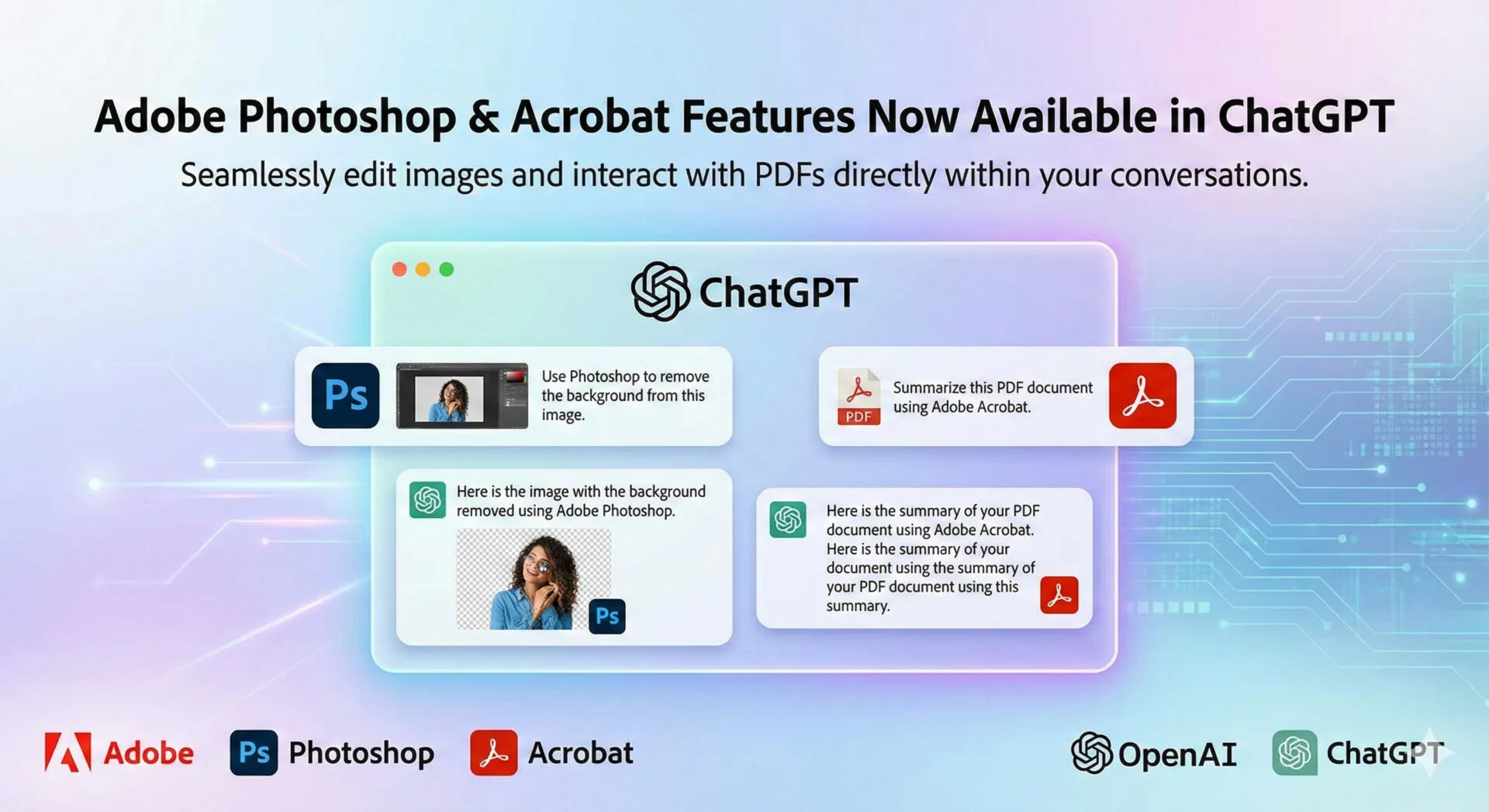SharePoint development services have changed how organizations manage content and collaborate worldwide. This powerful platform has evolved from simple document repositories into detailed business solutions that boost productivity in enterprises.
Recent years have brought dramatic changes to SharePoint web development. Companies now seek custom SharePoint development to solve specific operational challenges and simplify processes. SharePoint portal development creates centralized access points for critical information. SharePoint app development takes functionality beyond standard features.
The modern SharePoint development solutions combine seamlessly with tools like Power Automate. This enables companies to automate repetitive tasks and substantially reduce manual workloads. This piece shows SharePoint’s journey from simple portals to sophisticated automation platforms that reshape how businesses operate in the digital age.
The Evolution of SharePoint: From Static Portals to Dynamic Platforms
SharePoint’s journey began in 2001 as Microsoft released SharePoint Portal Server, which was originally developed under the codenames “Office Server” and “Tahoe”. The platform was aimed at solving basic business challenges around document management and team collaboration.
Early Use Cases of SharePoint Portal Development
Organizations in the early 2000s adopted SharePoint portal development to manage information and share documents. BorgWarner replaced their fragmented intranet with a unified system called “Information Collaboration Environment (ICE)”. Teams could publish documents, search for information, and cooperate across global groups.
BorgWarner’s success grew as they created “ExtraICE,” an extranet portal for suppliers and external partners. This early adoption demonstrated SharePoint’s efficiency by streamlining collaboration, enabling self-publishing, and eliminating hosting fees. This resulted in significant cost savings.
Transition to Cloud-Based SharePoint Online
The cloud has revolutionized SharePoint. The launch of SharePoint Online in 2012 enabled administrators to shift away from managing server farms and utilize the platform’s strengths in document management.
Microsoft Teams arrived in 2017 and provided an intuitive interface for SharePoint content that drove adoption upward. As a result, Teams usage reached 320 million monthly active users, and SharePoint Online usage grew with petabytes of data added monthly.
Modern SharePoint offers responsive, mobile-friendly interfaces that deliver customized information to users. Cloud migration became simpler with tools like SharePoint Migration Tool (SPMT), which facilitates transitions from SharePoint Server 2010, 2013, 2016, and 2019 environments.
Rise of SharePoint as a Business Process Platform
SharePoint has transformed from static document repository to dynamic business platform. SharePoint development solutions integrate with Power Automate for workflow automation and Power Apps for custom application development. Businesses can automate workflows and customize solutions with little or no coding.
Organizations use these capabilities to automate HR processes, finance operations, and compliance tasks using easy-to-use visual designers that require little technical knowledge.
Custom SharePoint development now includes robust business intelligence through integration with Excel and Power BI. The platform smoothly moves data between operations and creates cohesive business processes across the Microsoft 365 ecosystem. This transformation has made SharePoint the foundation for digital transformation initiatives that help organizations streamline operations through automation.
Custom SharePoint Development for Business Process Optimization
Modern businesses use custom SharePoint development services that turn static information storage into dynamic process automation hubs. SharePoint serves as a foundation for simplified processes, improved productivity, and elimination of repetitive tasks.
Workflow Automation for HR, Finance, and Compliance
Integration of SharePoint with Power Automate enables organizations to automate complex business processes. Businesses implement automated onboarding workflows that start upon adding new employee information to SharePoint lists. This automation allows the automatic sending of instant notifications to involved departments and promotes effective coordination across IT, HR, and management.
Financial institutions rely on SharePoint workflow automation to comply with regulations like GDPR, SOX, and PCI DSS. This automation enforces governance policies and maintains detailed audit trails. Businesses also use SharePoint to automate invoice processing, contract management, and approval chains. These automations reduce manual bottlenecks and ensure consistent operations.
Custom Dashboards and Reporting Tools
SharePoint’s dashboard displays data in an appealing, interactive format that leads to effective decision-making. Organizations can build powerful business intelligence tools by connecting SharePoint to data visualization services.
Excel Services lets users publish interactive worksheets with charts and tables directly on SharePoint sites. Businesses also make use of Power BI integration to create dashboards that convert SharePoint list data into compelling visualizations. These include charts, graphs, and heat maps. The dashboards offer centralized access to live business metrics. Stakeholders can monitor key performance indicators and gain real-time insights in a single, intuitive view.
Low-Code SharePoint App Development with Power Apps
Power Apps offers a low-code platform that makes custom SharePoint application development easier without deep programming knowledge. Organizations can create business-specific solutions through user-friendly drag-and-drop interfaces.
Business users without technical expertise can build applications that solve unique organizational challenges. Teams can develop inventory management apps that connect to SharePoint lists. These apps allow employees to update stock levels in real-time through mobile devices. Companies save resources by keeping app development in-house instead of hiring external teams. This approach also frees IT departments to focus on more complex projects.
AI and Automation in SharePoint Development Services
AI has elevated SharePoint development services beyond simple automation by adding intelligence to content management systems. SharePoint’s modern AI features help organizations streamline tasks that once needed human judgment and decisions.
Using SharePoint Copilot for Content Generation
SharePoint Copilot makes use of Large Language Models to turn simple prompts into comprehensive sites and pages. Users simply describe what they need, and Copilot creates the content. This AI tool helps authors turn their existing documents or presentations into attractive SharePoint pages with web layouts. The system lets users:
- Refine content using a rich text editor by allowing for rewriting, tone adjustments, shortening, or expansion
- Create pages from templates like newsletters, events, or process documentation
- Build starter sites that align with organizational identity
Copilot works with SharePoint users to streamline site setup through conversations about navigation and design. Copilot works with SharePoint users to set up sites through conversations about navigation and design. This AI-powered partnership enables content creators to configure sites and reduce setup time.
AI-Driven Metadata Tagging and Document Classification
SharePoint’s AI now enhances automatic metadata management through smart services. The system’s AI creates descriptive keywords for images in document libraries and stores them in managed metadata columns. Microsoft Syntex lets organizations build classifiers that identify document types by learning from good and bad examples.
These AI features help companies keep their metadata consistent across document collections. Organizations can pull key phrases from scanned documents and tag them in SharePoint through Azure AI.
Autofill and Smart Search for Content Discovery
Autofill columns mark a big step forward in SharePoint automation. The system uses generative AI to pull or create content from uploaded files. Administrators can write prompts that process documents and save results right to SharePoint columns. Users can also ask natural questions about document contents and save the answers as metadata.
The system works with many file types and handles text, multiple text lines, numbers, dates and times, choices, and currency columns. Companies get better search results because AI-generated metadata makes content easier to find across SharePoint.
Conclusion
SharePoint development services have evolved beyond simple document portals into powerful business automation platforms. Custom SharePoint development helps organizations simplify operations in all departments. Teams use the platform as their central hub to collaborate, automate processes, and access information from any location.
SharePoint portal development now offers smart experiences through AI capabilities like Copilot, automated metadata tagging, and smart search. These tools make content discovery easier and save time. Businesses can build custom solutions without extensive coding knowledge through Power Automate and Power Apps integration.
SharePoint has evolved beyond its original role as a document repository. The platform provides foundations for digital transformation to help businesses improve efficiency and adapt to new work environments.







Leave a Reply